This week is the first of a two part series to walk you through a selection of photos from my second Snow Monkeys & Hokkaido Tour for 2015. These tours are in many ways the highlight of my year, so I’m sad to see them finished, but the resulting photos will keep me going for a while as I now start to work into my year.
The itinerary for this tour is identical to Tour #1 that we discussed in the previous two episodes, but of course it was a different group, and different photographs, and the weather presented its challenges again, although it was slightly more manageable than the first wildlife tour for this year.
We started the tour on February 16, a Monday morning, as always, and headed out on our chartered bus to Nagano for the first three days, to photograph the adorable snow monkeys. This first photograph that I want to take a look at (below), is pretty much a regular scene at the snow monkeys, as they bathe and groom each other, while sitting in the hot spring bath that has been made their own.
I’ve selected this photograph to start with for a couple of reasons. Firstly, I just like the relaxed atmosphere, with the youngsters sitting close to mum on the right, and the older of the two grooming her. Then there’s the two adults on the left grooming too.
The other reason I chose this photo is to talk you through a point about the mist on the pool, that can often ruin your photos if you aren’t careful. As you photograph the snow monkeys, quite often, there is a lot of steam coming off the hot water in the pool, and that can greatly reduce the contrast in your images, but it often comes in waves, and can be used to good effect with a little bit of attention as well as luck.
For this shot, you can see that there is mist in the background, that reduces the visibility of the background, and cleans it up to a degree. Not quite so easy to see if a little mist in the foreground too. Essentially you need to compose your shots, and wait for pockets of clarity, and hope that your subjects don’t move before you are able to get your shots. In this case, the clearing in the steam that lasted literally less than a second, is almost like a portal through to the snow monkeys, and it opened up just enough to see the groups of monkeys clearly, but making the surrounding image bright and minimal, almost like a lightened vignette, which I thought works well.
After an afternoon in the Monkey Park on the first day, we spend the first of two nights in a beautiful traditional Japanese hotel in the area, with great food, and wonderful warm staff, and then make our way back into the park for a full day on day two. The park can get very crowded, but most people go to the pool, especially the thirty minute tourist groups, and then they leave. This leaves certain areas like down by the river and the snow covered sides of the valley for us photographers, and I’m happy to shoot there, with scenes such as this one (below) to be photographed.
Again, here we have a family group, with mum and two kids, possibly even the same family. The young monkeys always look like boys to me, but there’s no telling, at least when they’re sitting down. This feels like mum grooming the little brother or sister though, and the older brother sitting by, as they do, quietly, getting less attention than their younger sibling.
As we see in this next shot from the second day (below), the monkeys aren’t always just sitting around getting groomed. Here I caught a youngster at full pelt as he raced through the snow on the valley wall. I have shot both of these tours almost exclusively with the new 7D Mark II camera, to try to get the most out of it’s auto-focus system, and although it has one major weakness, which I’ve just about overcome now, it has held up very well indeed, even compared to the Canon EOS 1D X, which is four times the price. I’ll be reporting on this again in a few weeks, so stay tuned if you’re interested.
I shot this at 200mm with the new 100-400mm lens from Canon, and was cutting it pretty fine here as I gradually zoomed out while tracking this little monkey along the snow. This is un-cropped, but you can see I almost lost his hand out of the bottom of the frame, so I’m pleased to have got this particular shot.
On the last of our three days with the snow monkeys, we were lucky enough to get a bit of falling snow, which always makes a big difference. In this photograph for example (below), the snow settling on the monkey had mostly melted, but left little beads of water on the monkey’s fur, as it relaxed in the pool.
Of course, the way I’ve framed this, I wanted to make this guy look like a philosopher, deep in thought. I have a few different angles of this monkey, from the left and right sides as well, but I like this one that is straight on. Had the eyes been open, I’d have focused on them, but then, if the eyes had been open, I may not have even shot this. I just like the deep thoughtful expression here, and this is probably one of my favourite photos from the trip.
After the snow monkeys, on day four of the tour, we fly up to Hokkaido, the northern-most island of Japan, for our first two days with the most elegant birds on the planet, in my opinion, the Japanese Red-Crowned Crane. Here we see two cranes doing their mating song, as they strut through the snow (below). These birds grow up to 158cm tall, which is only a bit shorter than my wife, so they’re big birds, and as you can see here, the female is generally a little shorter than the male.
There are so many cranes, that it’s often quite difficult to get a good clear shot of just two cranes when they dance or call like this. For this photograph, I had zoomed my 200-400mm with the 1.4X Extender engaged, right out to 560mm, which on the 7D Mark II is the equivalent of almost 900mm, but still, I had to crop this down a little to remove a third crane on the right of the frame.
Another tip here though, is to not forget to flip your camera into portrait mode for shots like this. Not only is that more aesthetically pleasing, with the tall birds and plenty of room above their heads to see the falling snow, but it also helps to remove other birds either side, due to the narrower aspect.
At the end of the fourth day, we visited a different location where I know there are often a lot of cranes that fly out to their roost at the end of the day as the light drops. This is great for getting slow shutter panning shots, like this one (below). For panning shots, sometimes I like to get the head sharp, as we’ll see later, but sometimes, just getting everything blurred in this way can also work, as I believe it does here.
I won’t pretend that I have a magic formula to get one style of photograph over the other. Honestly, I generally just slow my shutter speed down to between 1/25 of a second and 1/40, and try my best to pan smoothly with the birds as they fly. When taking off though, the speed of the bird is somewhat erratic, as is the up and down motion, so most of the time it comes down to just shooting a lot, and then picking out the best shots from your bursts.
The following morning we went to the bridge where we have a view of the cranes roosting in the river, but it wasn’t cold enough for the hoar frost to form on the trees, so although we got a few fly-outs, I don’t really have anything to show you here.
We went back to the crane centre after breakfast though, and as usual were treated with the White-Tailed Eagles and Black Kites at 2pm when they feed fish to the cranes, but again, I’ve showed you shots of that so many times, I’m going to skip that for today.
The great thing about this tour, is that we had snow falling on and off for much of the scheduled two days with the cranes. In this next photo the snow was lighter than the first crane shot for today, but still adds a beautiful sense of atmosphere to images like this (below).
I’ve select this shot to show you, again, because I like it, but also to point out that the cranes’ tails are white. When you see photos like the first one of the cranes calling together, it’s easy to think that their tails are black, but it’s actually a line of black feathers along the back edge of their wings, which they fluff up and use for decoration when they call like that. As you can see though, when they lift their wings, their tails are totally white.
Quite often, after the cranes are fed their fish, and the eagles and kites steal most of them, we move on to another location, like the one for panning on the previous day. Because we’d not had much blue sky during our two days though, I decided to keep the group in the Akan Crane Centre for a few more hours on this second day there, and it paid off, as we see here (below).
We had a number of beautiful fly-outs, but it’s always nice when we can get one with a nice textured sky in the background, like this. I’ve said before, I’m not a fan of blue skies, especially in landscape photography, but as a backdrop for a pair of beautiful birds like this, I can put up with it. 🙂
On days six and seven, we spend time with the Whooper Swans over at Kussharo Lake, as well as do an afternoon workshop session at the hotel, before going back out to do more panning, with the swans this time, as we see in this photograph (below).
As I mentioned earlier, I like to do panning shots between 1/25 and 1/40 of a second shutter speed. At 1/40, my percentage of sharp heads goes up dramatically, as in this shot. I love it when I can get two birds, both with sharp heads, and different wing positions, like this. The frozen lake makes for a nice background too.
As we’ll see in the first shot that we’ll look at in the next episode, the last shot of the Whooper Swans, most of the time they actually take off on water in front of this ice, and that can give some interesting effects to a panning shot too.
Although the weather stopped us from going to Bihoro Pass for a landscape shoot on this second tour again, we were able to go back to Kussharo Lake for their fly-in just after dawn on day seven of the tour. I have a handful of quite dramatic shots with the frozen lake in the foreground, but preferring the minimalist approach, my favourite is probably this shot, with the swans and just the tips of the mountains on the other side of the lake just showing through the low cloud (below).
As we walked back to the bus across from where we’d held our dawn shoot, I heard a knocking coming from the woods behind the carpark, and found this fellow doing his thing, stripping the bark off a tree and looking for breakfast (below).
I shot this with the 200-400mm and internal 1.4X Extender, at ISO 1600. I was shooting hand-held, because we had to get back to the hotel to get our breakfast before they stopped serving it, but it was lovely to see this little White-Backed Woodpecker, as I haven’t seen one with the group for a few years now.
After breakfast, we came back to the lake at a different spot, and did some studies of the swans as they just hung out on the snow covered frozen lake. I have a whole series of these, mostly pairs of birds, but this is one of my favourites (below). I love the way this Whooper Swan was all fluffed up as they preened themselves, and you’ve just got to love those big goofy feet and short legs on these otherwise amazingly beautiful birds.
There was a layer of mist behind the birds here, giving the light a beautiful soft quality that really lent itself to this kind of study. I’ll probably share a few more shots in a portfolio or other publications, but we’ll leave it there for today, as we’re up to our 12 photos for this episode.
2016 Japan Winter Wonderland Tours
Note that we have been taking bookings for the 2016 tours for a little while now, and both tours are already almost full, so if you would like to join us, check out the 2016 Tour page, and sign up sooner rather than later, to secure your place on a Japan Winter Wildlife Tour of a lifetime.
Show Notes
See Details of 2016 Tours here: https://mbp.ac/ww2016
Subscribe in iTunes for Enhanced Podcasts delivered automatically to your computer.
Download this Podcast in MP3 format (Audio Only).
Download this Podcast in Enhanced Podcast M4A format. This requires Apple iTunes or Quicktime to view/listen.

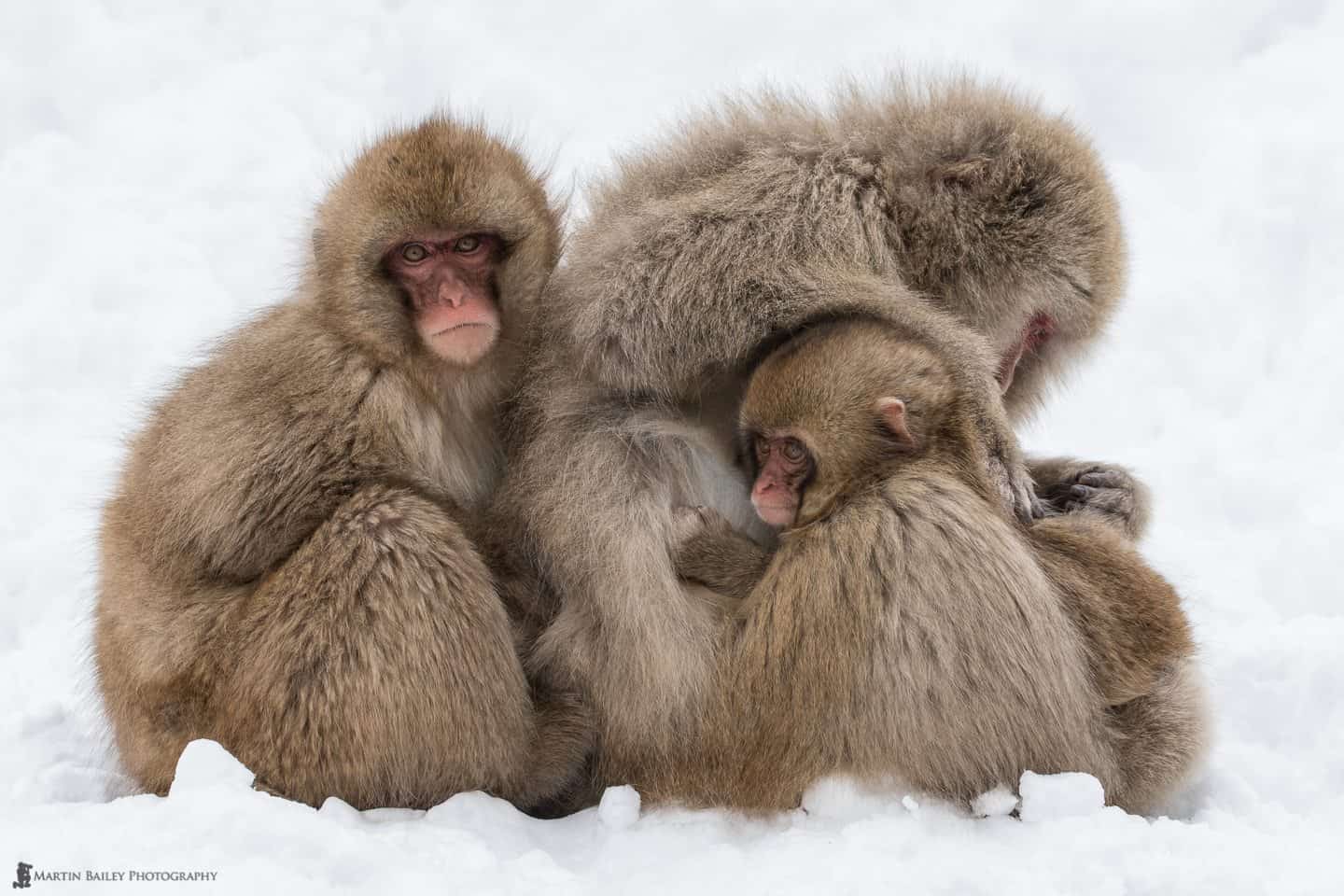
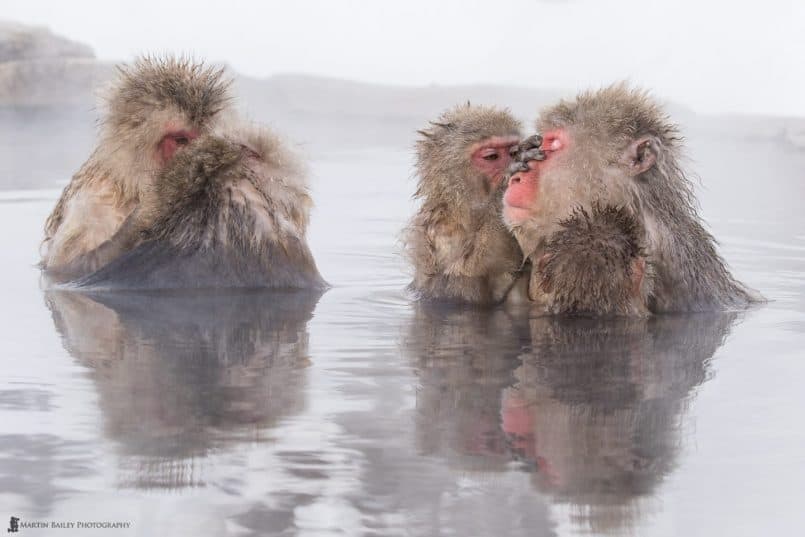
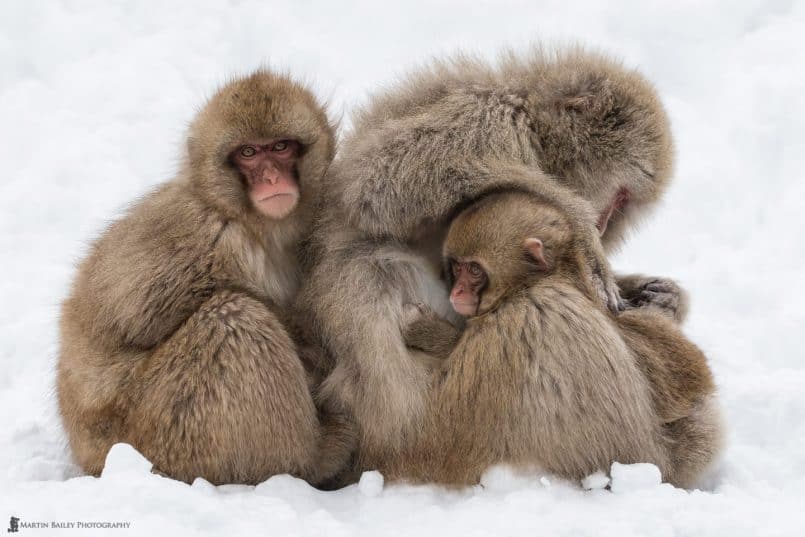
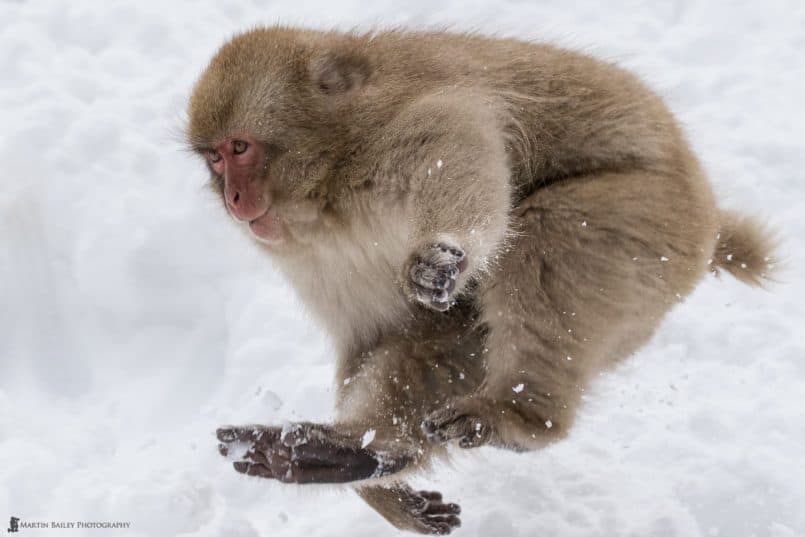
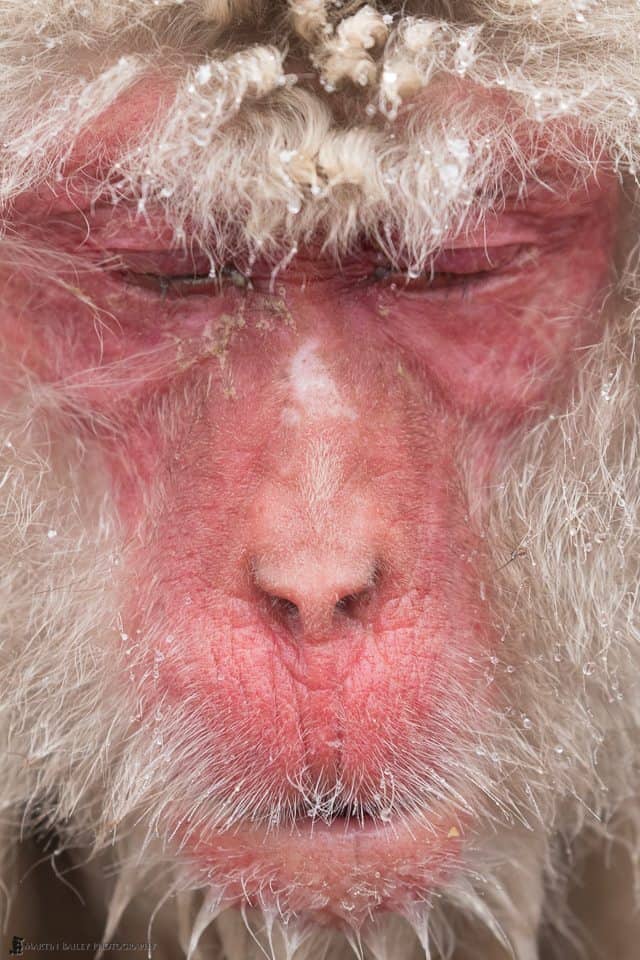
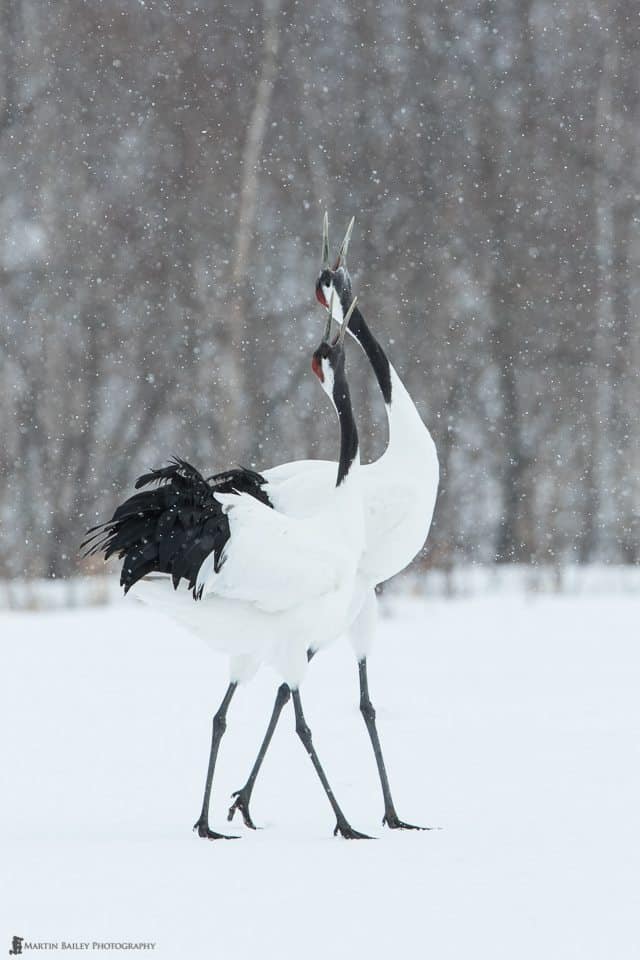


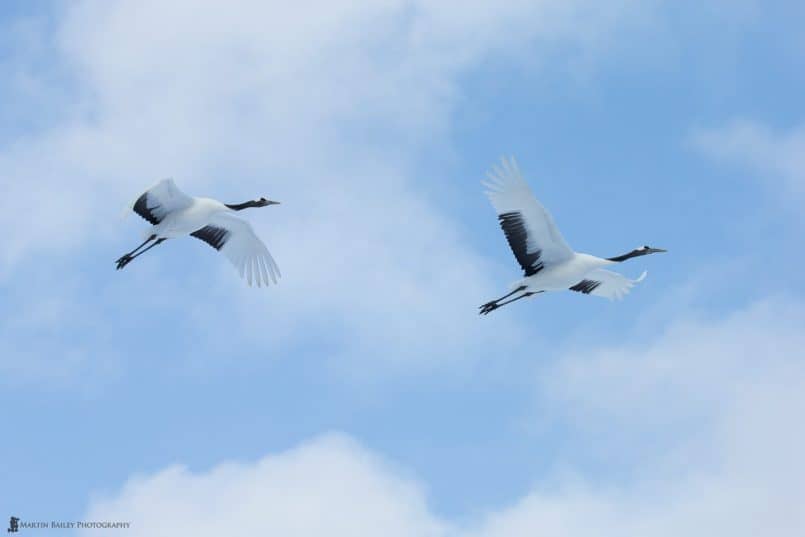
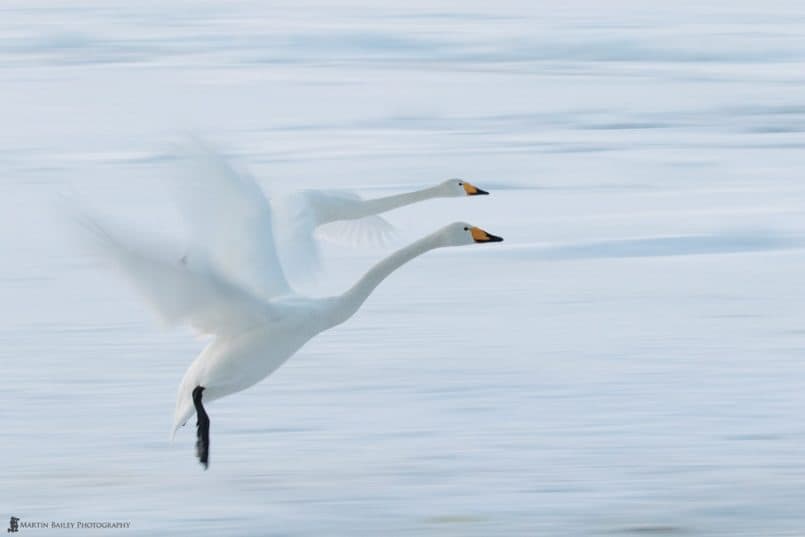
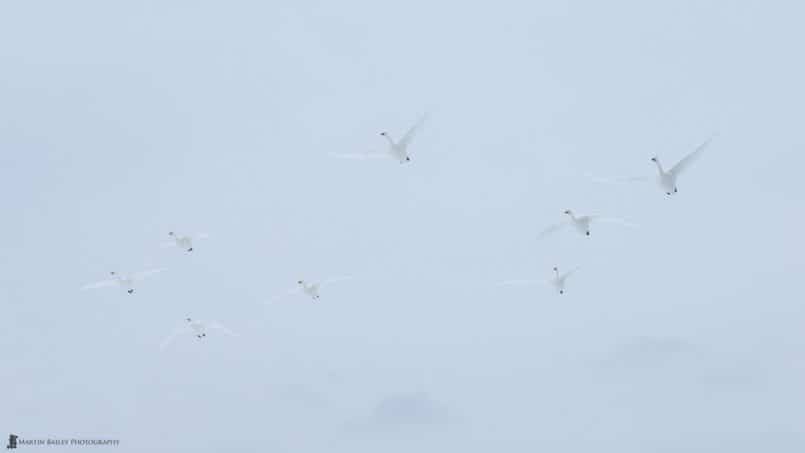

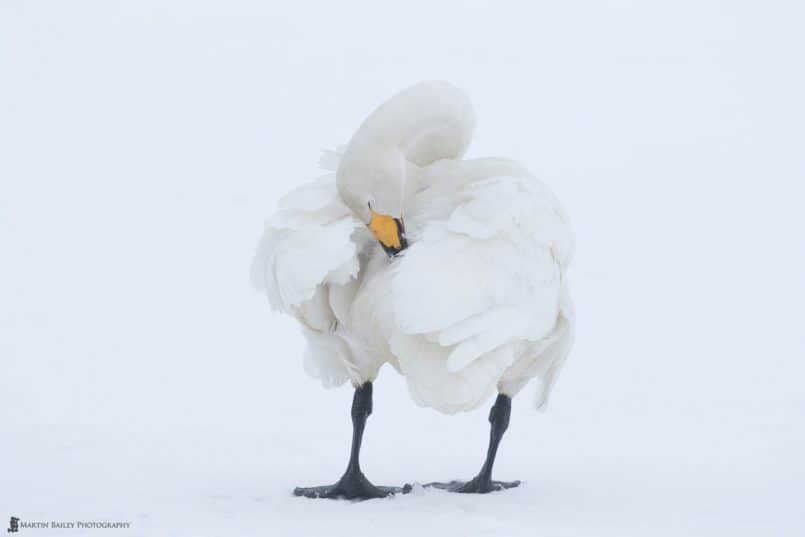


Great shots Martin, did you notice the tiny Spider on the side of the Monkey’s face in The Philosopher shot, nice touch.
Joe.
Thanks Joe!
I hadn’t noticed what you saw as a spider, but on reading your comment I took a look, and see what you mean, but unfortunately it’s just some matted hair with a bead of water right in the centre, and certainly looks like a spider. 🙂
The are beautiful images
Thanks Allister!